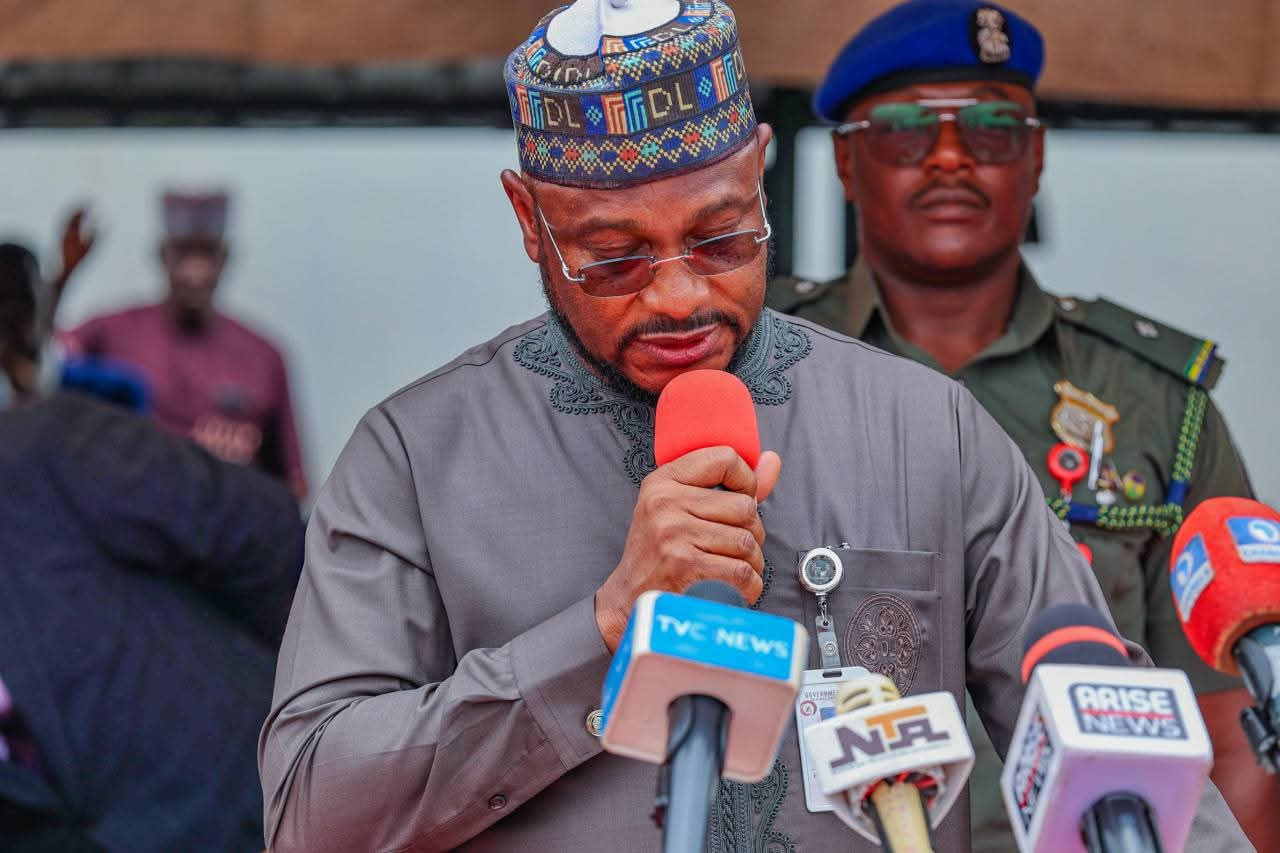Gov Lawal Flags Off Fertilizer Distribution to Over 59,000 Farmers, Reaffirms Commitment to Agricultural Development in Zamfara

GUSAU – In a major push to boost agricultural productivity in Zamfara State, Governor Dauda Lawal has flagged off the distribution of 2025 wet season farming inputs, including over 59,000 bags of fertilizer, to farmers across the state.
The ceremony, which took place on Wednesday at the Ministry of Agriculture in Gusau, also featured the official commissioning of the newly constructed Fadama House – a hub expected to strengthen agricultural coordination and rural development initiatives in the state.
Addressing stakeholders and farmers at the event, Governor Lawal described agriculture as the "lifeblood" of Zamfara’s economy, reaffirming his administration’s resolve to prioritize the sector as a critical driver of food security, job creation, and inclusive economic growth.
“Agriculture remains the lifeblood of our state’s economy. It is not just a sector, but the very identity of our people,” he said. “Over 85 percent of our population depends on agriculture for their livelihood. It is our duty—and indeed our moral obligation—to support and empower them.”
The distribution includes 98 trucks of fertilizer and additional inputs such as 34,800 kilograms of rice seeds, 80,000 kilograms of maize seeds, 23,740 liters of herbicides, 11,735 liters of insecticides, and 23,470 sachets of seed dressing chemicals.
Governor Lawal emphasized that the inputs are being provided free of charge, warning against the sale or diversion of the items. “These inputs are not commodities to be traded for quick gain. They are investments in your future and the future of Zamfara. Use them wisely and responsibly,” he urged beneficiaries.
The governor highlighted key strategies under his administration’s Agricultural Transformation Plan, including investment in modern farming technologies, digitized distribution systems to curb diversion, and inclusive programs targeting women, youth, and persons with special needs.
Despite the late onset of the 2025 rainy season and the growing challenges posed by climate change, Lawal assured that his government is proactively providing farmers with the necessary tools to sustain and improve their productivity.
The program is expected to benefit at least 59,205 smallholder farmers across Zamfara State, forming part of the broader effort to build a resilient agricultural value chain—from planting to post-harvest processing and market access.
With this distribution, the Zamfara State Government continues its efforts to align local agricultural development with the United Nations Sustainable Development Goal 2, which aims to end hunger and promote sustainable agriculture.

